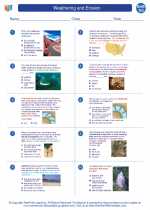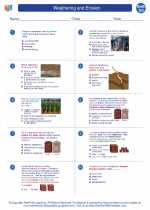Bryophytes: An Overview
Bryophytes are non-vascular plants that belong to the division Bryophyta. They are characterized by their small size, lack of true roots, stems, and leaves, and their reliance on water for reproduction. The three main groups of bryophytes are mosses, liverworts, and hornworts.
Characteristics of Bryophytes
- Non-vascular: Bryophytes lack vascular tissues, such as xylem and phloem, which are found in higher plants.
- Small size: They are generally small in size, with most species ranging from a few millimeters to a few centimeters in height.
- Reproduction: Bryophytes reproduce via spores and require water for the transfer of sperm to the egg.
- Habitat: They are commonly found in damp and shaded habitats, such as forests, wetlands, and stream banks.
Life Cycle of Bryophytes
The life cycle of bryophytes alternates between a haploid gametophyte stage and a diploid sporophyte stage. The gametophyte is the dominant stage and produces gametes through mitosis. When the sperm and egg meet, they form a zygote, which develops into the sporophyte. The sporophyte produces spores through meiosis, which then germinate to form new gametophytes.
Ecological Importance
Bryophytes play a crucial role in ecosystems as they contribute to soil formation, water retention, and provide habitat and food for various organisms. They also help in preventing soil erosion and are important indicators of environmental health.
Study Guide
To effectively study bryophytes, consider the following key points:
- Understand the characteristics that define bryophytes and how they differ from vascular plants.
- Learn about the life cycle of bryophytes, including the alternation of generations between gametophyte and sporophyte stages.
- Explore the ecological importance of bryophytes and their role in various ecosystems.
- Study the different groups of bryophytes, including mosses, liverworts, and hornworts, and their distinguishing features.
- Examine the adaptations of bryophytes to their specific habitats and their reproductive strategies.
◂Earth Science Worksheets and Study Guides High School. Weathering and Erosion

 Worksheet/Answer key
Worksheet/Answer key
 Worksheet/Answer key
Worksheet/Answer key
 Vocabulary/Answer key
Vocabulary/Answer key
 Vocabulary/Answer key
Vocabulary/Answer key
 Vocabulary/Answer key
Vocabulary/Answer key
